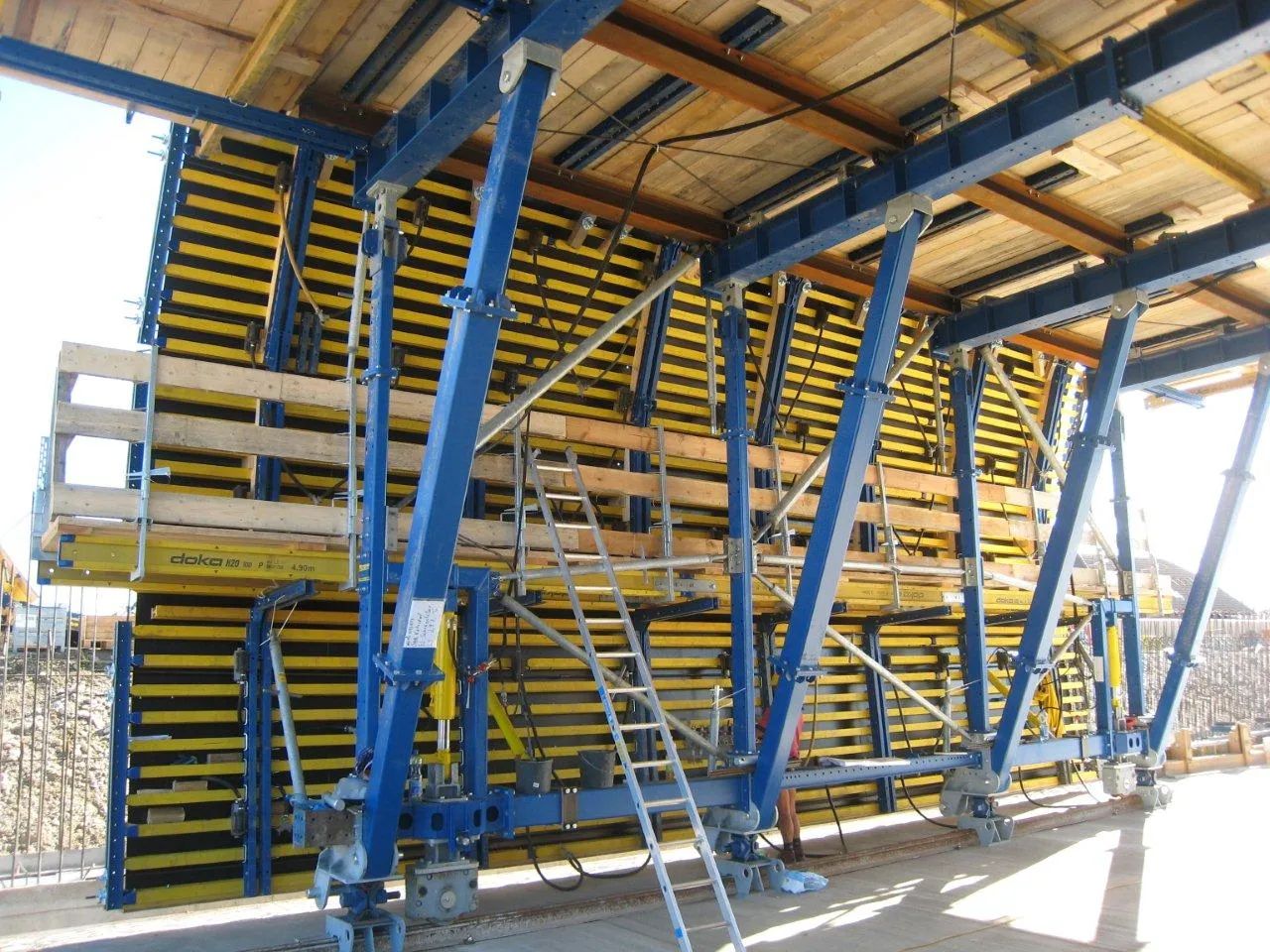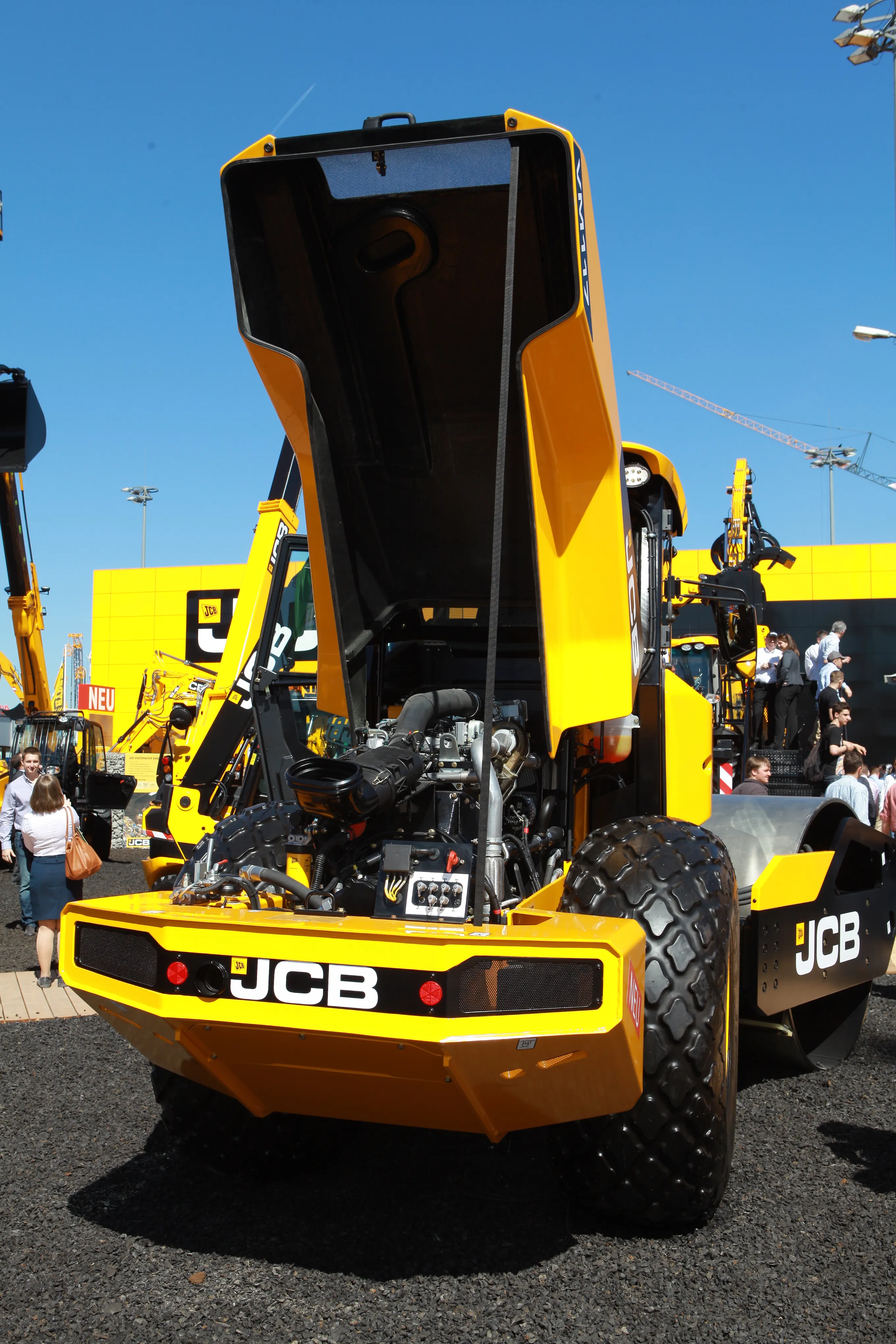Austrian firm Doka will be showcasing at bauma its first system to be specifically designed and optimised for cut-and-cover tunnel construction. With Doka CC (Cut and Cover), different types of traffic tunnel, such as rail or road tunnels, are said to be able to be built quickly, efficiently and safely. Doka says the creation of its innovative tunnel system was made possible only by the use of hi-tech construction materials and products such as the Composite formwork beam I tec 20. The choice of high-grade
February 7, 2013
Read time: 2 mins

Austrian firm 203 Doka will be showcasing at 688 Bauma its first system to be specifically designed and optimised for cut-and-cover tunnel construction. With Doka CC (Cut and Cover), different types of traffic tunnel, such as rail or road tunnels, are said to be able to be built quickly, efficiently and safely.
Doka says the creation of its innovative tunnel system was made possible only by the use of hi-tech construction materials and products such as the Composite formwork beam I tec 20. The choice of high-grade steel members is said to have enabled the weight to be considerably reduced. These attributes are said to make for quick system set-up and great ease of use on the site.
The Doka CC system provides, says Doka, a high degree of safety against base failure. Safe shoring is possible whenever needed, regardless of the type of foundation. Another benefit claimed by Doka when using this variable tunnel formwork system is that it is geometry-independent and can be adapted to even the most challenging shapes and routes of a tunnel.
The tunnel formwork traveller has an all-hydraulic wheel system that is said to allow it to be three-dimensionally aligned with millimetre precision, without needing to be set down between alignments. Even gradients of as much as 10% are claimed to be easily negotiated. A slide-type solution for the new stop-end system saves time when stripping out, and the integral platform system and ladderways are said to provide a high level of safety.
Other Doka formwork solutions for transport infrastructure at bauma are the firm’s composite forming carriage, Bridge formwork ParaTop, and DokaShore.
The formwork specialists are exhibiting at bauma under the slogan: ‘Pathbreaking. Beyond Solutions’.
2 Internal <?xml version="1.0" encoding="utf-16"?><dictionary /> 2 11560 0 oLinkInternal <span class="oLinkInternal"><span class="oLinkInternal">View more videos</span></span> Video false /event-news/bauma-2013/video/ true false %>
Doka says the creation of its innovative tunnel system was made possible only by the use of hi-tech construction materials and products such as the Composite formwork beam I tec 20. The choice of high-grade steel members is said to have enabled the weight to be considerably reduced. These attributes are said to make for quick system set-up and great ease of use on the site.
The Doka CC system provides, says Doka, a high degree of safety against base failure. Safe shoring is possible whenever needed, regardless of the type of foundation. Another benefit claimed by Doka when using this variable tunnel formwork system is that it is geometry-independent and can be adapted to even the most challenging shapes and routes of a tunnel.
The tunnel formwork traveller has an all-hydraulic wheel system that is said to allow it to be three-dimensionally aligned with millimetre precision, without needing to be set down between alignments. Even gradients of as much as 10% are claimed to be easily negotiated. A slide-type solution for the new stop-end system saves time when stripping out, and the integral platform system and ladderways are said to provide a high level of safety.
Other Doka formwork solutions for transport infrastructure at bauma are the firm’s composite forming carriage, Bridge formwork ParaTop, and DokaShore.
The formwork specialists are exhibiting at bauma under the slogan: ‘Pathbreaking. Beyond Solutions’.
Stand: FGN.N817
%$Linker:
%$Linker:








